Occupational safety training for operating pile pressing machines
99,000 ₫
Note: The above price is calculated per person and may fluctuate depending on the number of participants in the course and market conditions. For more accurate pricing, please refer to the price list or contact our consulting staff directly.
Occupational safety is a critical issue when operating pile driving machines and must be addressed promptly to ensure the health and safety of workers while enhancing the reputation of businesses. The Occupational Safety Training course is one of the effective solutions to raise awareness on how to prevent workplace accidents for workers operating pile driving machines.
Table of Contents
Toggle1. Overview of Pile Driving Machines
a. What is a Pile Driving Machine?
A pile driving machine (also called a pile hammer) is a device used in construction to drive piles deep into the ground or seabed. The purpose of driving piles is to ensure that the piles are embedded deeply enough to provide stability for structures built on land or water.
Pile driving machines typically operate by applying a compressive force on the piles, pushing them into the ground by driving or hammering. Piles can be made of steel, wood, or concrete, depending on the specific requirements of the construction project.
Using a pile driving machine helps ensure the stability of construction projects such as bridges, buildings, ports, and other underwater structures.

b. Applications of Pile Driving Machines in Production
Pile driving machines have many applications in production and industry. Some common applications include:
- Metal structure construction: Pile driving machines can be used to drive piles for metal structures such as factories, workshops, bridges, and other industrial constructions. These metal piles provide stability for the structures and help resist earthquakes and other environmental impacts.
- Concrete pile production: Pile driving machines are also used to produce concrete piles. Concrete piles are commonly used in civil and industrial construction projects to build bridges, buildings, swimming pools, and other underwater structures.
- Wood pile production: In the wood industry and furniture manufacturing, pile driving machines are used to create stable wooden piles. These wooden piles can then be used in the construction of wooden structures such as houses, bridges, and ports.
- Agricultural applications: Pile driving machines can be used in agriculture to drive stakes into the ground for tasks such as building fences, farms, or creating supporting structures for crops.
- Oil and gas industry: In the oil and gas sector, pile driving machines can be used to drive piles into the seabed to support equipment such as oil rigs.

c. Industries Using Pile Driving Machines
Pile driving machines are used in various production and industrial sectors to provide stability for structures. Key industries using pile driving machines include:
- Construction and civil engineering: The construction industry uses pile driving machines to install concrete or metal piles for residential buildings, apartment complexes, factories, bridges, and hydroelectric dams.
- Oil, gas, and energy: In the energy sector, pile driving machines are used to drive piles into the seabed to stabilize oil rigs, gas platforms, and other structures related to energy production and extraction.
- Shipbuilding industry: Shipbuilding uses pile driving machines to install seabed piles to stabilize ships, mobile oil rigs, and other floating structures.
- Wood and furniture production: In the wood industry, pile driving machines are used to produce wooden piles for construction of houses, bridges, and other wooden structures.
- Agriculture: In agriculture, pile driving machines help drive stakes into the ground to build structures like animal pens, fences, or irrigation systems for crops.
- Metal production: Pile driving machines are used in metal production to create load-bearing structures such as steel frames, industrial buildings, and other support structures.
- Water treatment: In water treatment, pile driving machines can be used to drive piles for equipment and treatment systems, ensuring stability during operation.
Thus, pile driving machines have wide applications across various industries, playing a crucial role in providing stability to structures and equipment.
2. Overview of Safety Training for Operating Pile Driving Machines
a. What is Occupational Safety Training?
- Occupational safety training for operating pile driving machines consists of sessions designed to raise awareness about accident prevention for workers. Workers directly operating pile driving machines belong to group 3.
- The training course helps workers recognize hazards and avoid risks, reducing the likelihood of workplace accidents.
REGISTER FOR OCCUPATIONAL SAFETY TRAINING
b. Training Duration
Initial Safety Training Duration
- Total training time is at least 24 hours, including testing time.
- 8 hours of theory on policies and labor safety laws
- 8 hours of theory on basic occupational safety knowledge
- 4 hours of theory on specialized training content
- 2 hours of practical training on specialized content
- 2 hours of theoretical testing at the end of the course
The safety training center may distribute the schedule across multiple sessions depending on workers’ availability. Typically, there are 6 sessions over 3 days, assuming continuous availability from the employer.
Periodic Safety Training Duration
- Before the occupational safety card expires, workers seeking reissuance must complete periodic occupational safety training, with the duration of periodic training being at least 50% of the initial training duration.
Explanation: Total periodic safety training is at least 12 hours, including testing. Upon completion of the periodic training and passing the test, the worker will be reissued and have their occupational safety card extended.
c. Training Content
| No. | TRAINING CONTENT | TRAINING DURATION (HOURS) | |||
| Total | Including | ||||
| Theory | Practice | Test | |||
| I | Policies and labor safety laws | 8 | 8 | 0 | 0 |
| 1 | Overview of legal documents on occupational safety and hygiene. | 6 | 6 | ||
| 2 | Standards and technical regulations on occupational safety and hygiene. | 1 | 1 | ||
| 3 | Specific regulations from government authorities on occupational safety and hygiene for new construction, expansion, or renovation of facilities, and use, storage, inspection of machinery, equipment, materials, or substances requiring strict safety standards. | 1 | 1 | ||
| II | Basic occupational safety knowledge | 8 | 8 | 0 | 0 |
| 1 | Basic knowledge of hazards and harmful factors in the workplace. | 4 | 4 | ||
| 2 | Methods to improve working conditions. | 1 | 1 | ||
| 3 | Safety culture in production and business. | 1 | 1 | ||
| 4 | Rights and responsibilities of employers and workers; safety policies; functions of safety personnel network. | 1 | 1 | ||
| 5 | Workplace safety rules, safety signs, use of protective equipment, first aid skills, and occupational disease prevention. | 1 | 1 | ||
| III | Specialized training content | 6 | 4 | 2 | 0 |
| Comprehensive knowledge about machinery, equipment, hazardous substances; risk assessment and management; safe working procedures with machines, equipment, and substances requiring strict safety standards. | 6 | 4 | 2 | ||
| IV | Final safety training test | 2 | 2 | 0 | 0 |
| Total | 24 | 22 | 2 | ||
See more training content of 6 groups
d. Occupational Safety Card
After completing the occupational safety training and passing the test, workers will be issued a safety card (commonly called the occupational safety certificate group 3).
The group 3 safety card displays information such as name, date of birth, specific job and work environment, training duration, official stamp, and signature confirming course completion.
According to regulations in Clause 2 of Article 24, Decree 44/2016/ND-CP, there are two cases:
- If the employer and worker have a labor contract, the employer must sign and stamp the safety card for the worker after completing the training course and passing the test.
- If the worker is freelance or temporary, without a labor contract, the training unit must sign and stamp the safety card after the worker completes the course and passes the test.

3. Hazards When Operating Pile Press Machines
Operating pile press machines can involve numerous hazards and risks, especially when safety rules and appropriate protective measures are not followed. Below are some common hazards when operating pile press machines:
- Collision and impact risks: Pile press machines often operate with high force to drive piles into the ground or underwater. Unintended collisions or impacts with objects or nearby workers can cause serious injuries.
- Severe risk when driving piles: When the pile press machine is operating, there is a severe risk to workers on or around the machine. This includes the risk of pile caps or equipment losing control, being crushed, or being injured by fast-moving components of the pile press.
- Risk from soil collapse: Sometimes, the pile driving process can cause surrounding soil to collapse, posing a risk to workers or nearby people.
- Chemical exposure risk: In some cases, pile press machines may be used to drive piles into chemically treated soil. Workers need to be cautious to avoid direct contact with these substances as they may be harmful to health.
- Noise and vibration hazards: Pile press machines often generate loud noise and strong vibrations. Workers should be properly equipped to protect their hearing and body from the negative impacts of noise and vibration.
- Environmental safety concerns: Pile driving can impact the surrounding environment, especially when operating in areas requiring strict compliance with environmental protection regulations.
To minimize hazards when operating pile press machines, it is necessary to follow safety rules, provide training to workers, and use appropriate personal protective equipment and safety devices. Additionally, technical inspections and regular maintenance of the machines are essential to ensure safe and efficient operation.

4. Measures to Control Occupational Accidents When Operating Pile Press Machines
To control occupational accidents when operating pile press machines, a series of safety and risk management measures must be implemented to protect workers and the work environment. Below are some key measures:
- Training and education: Provide comprehensive and regular training for workers before they operate pile press machines. This training should include safety rules, operating procedures, use of personal protective equipment, and hazard recognition.
- Use of personal protective equipment (PPE): Ensure all workers are equipped with appropriate PPE such as helmets, safety goggles, hearing protection, gloves, sun protection clothing, and chemical-resistant clothing (if needed).
- Pile press inspection: Conduct regular technical inspections and maintenance of pile press machines to ensure they operate safely and efficiently. This includes checking electrical systems, mechanical joints, and other machine components.
- Risk management: Identify and evaluate potential risks related to pile press operation, and develop control measures such as safety designs and safe work procedures.
- Monitoring and supervision: Monitor pile press operation using surveillance systems and safety devices. This may include tracking pile pressure and depth, as well as changes in the surrounding environment.
- Task assignment and worker management: Clearly define the roles and responsibilities of each worker during pile press operation. Ensure that only trained and experienced personnel are allowed to operate the machine.
- Use of safe work locations: Identify and ensure the worksite is designed to meet safety requirements, including flat work surfaces, sufficient space for movement, and proper ventilation.
- Incident handling: Train workers on how to respond to emergencies and incidents, and provide tools for effective reporting and handling of issues.
- Compliance with regulations and safety rules: Ensure all safety regulations and rules related to pile press operation are fully followed.
- Periodic inspection of pile press machines to detect safety issues such as wear, mechanical faults, or damage early, thereby reducing the risk of occupational accidents.
5. Benefits of Occupational Safety Training
An Toan Nam Viet provides businesses with the following benefits after completing occupational safety training courses under Decree 44/2016/ND-CP on occupational safety and hygiene for companies, factories, and enterprises:
- Workers can recognize potential occupational hazards and take preventive measures to avoid accidents.
- Businesses can establish risk prevention measures in production, operation, and maintenance processes.
- Minimize costs associated with potential workplace safety hazards.
- Uninterrupted production increases labor productivity and product quality.
- Compliance with occupational safety laws, avoiding legal risks.
- Enhance professionalism and corporate reputation, elevating the brand image.
Nam Viet training courses help prevent external hazards affecting individuals, enabling them to avoid injuries or, in severe cases, fatalities.
REGISTER FOR OCCUPATIONAL SAFETY TRAINING SERVICE
6. Customer Feedback After Completing Training
An Toan Nam Viet has many years of experience accompanying businesses across Vietnam, especially in southern provinces. This responsibility is highly valued, which is why Nam Viet’s occupational safety training is increasingly professional. The growth of An Toan Nam Viet is driven by positive feedback and constructive suggestions from businesses. Below are testimonials from partners we have served.
See more customer interviews after using our services at An Toan Nam Viet
7. Occupational Safety Training Capacity of An Toan Nam Viet
An Toan Nam Viet is a reputable and quality center for occupational safety training in Vietnam. Training sessions are continuously held at factories, production workshops, and construction sites across the country (63 provinces in Vietnam).
REGISTER FOR OCCUPATIONAL SAFETY TRAINING SERVICE
Occupational safety training license
- An Toan Nam Viet has been inspected and certified by the Department of Occupational Safety under the Ministry of Labor – Invalids and Social Affairs, certifying our eligibility to conduct occupational safety and hygiene training. This further strengthens our training capacity.

Training materials and lectures
- Before being used in occupational safety training courses, all materials are reviewed to ensure accuracy and effectiveness.
- Teaching methods of instructors are standardized according to An Toan Nam Viet standards, developed by experts in occupational safety and hygiene training to ensure maximum knowledge absorption.
Facilities
- Controlling classroom factors affecting training increases teaching efficiency and knowledge retention.
- Our training facilities provide spacious classrooms meeting standards for area, lighting, and training equipment.
8. Nationwide Reputable Occupational Safety Training Center
At An Toan Nam Viet, we prioritize professional occupational safety training. For us, teaching workers how to protect themselves is a contribution to national development.
To ensure effective training, we meticulously prepare every detail—from tools, teaching equipment, to curricula, materials, audio, and lighting.
Our instructors are experts with many years of experience, including research on hazard identification across all industries and prevention methods.
Lectures are practical and presented in a clear, engaging manner. This helps workers feel comfortable during training and absorb knowledge effectively. All content complies with Decree 44/2016/ND-CP.
Thus, workers learn many hazard prevention measures and how to protect themselves, applying them appropriately in real work scenarios.
Our training center is proud to provide professional occupational safety training services with the following advantages:
- Competitive training costs while ensuring quality.
- Flexible training schedules to suit company production.
- Fast and legal-compliant issuance of training certificates.
- Experienced instructors.
- Controlled classrooms to maximize teaching efficiency and knowledge retention.
- Lectures tailored to workplace safety in enterprises.
- Dedicated, professional support for accurate and prompt assistance to clients.

9. Additional Occupational Safety Training Materials
- Occupational safety materials for concrete pile press operation
- Occupational safety materials for pile press operation
- Complete occupational safety training materials
- Occupational safety training test set
- Occupational safety multiple-choice test for pile press operation
- Lecture slides for occupational safety training on pile press operation
1 review for Occupational safety training for operating pile pressing machines
No comments yet

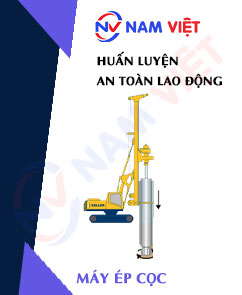
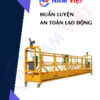
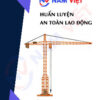



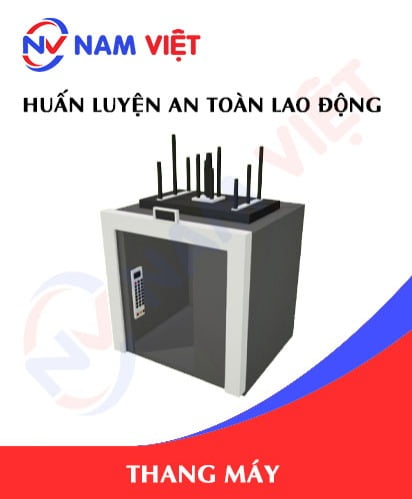

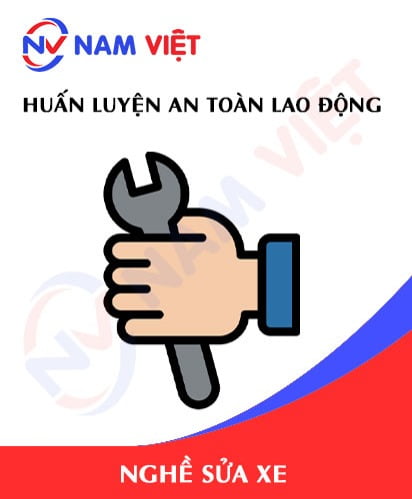
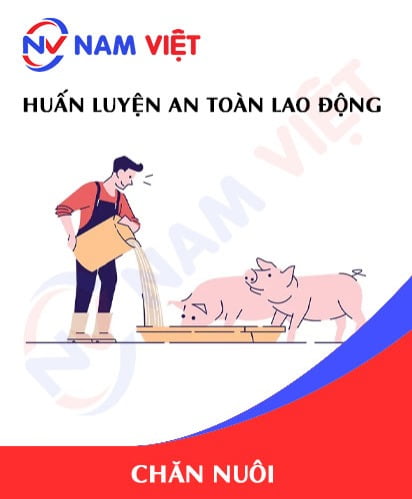

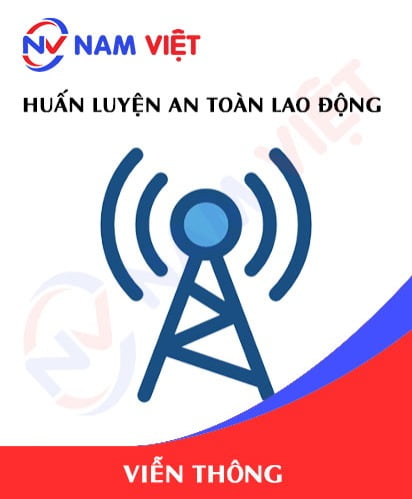

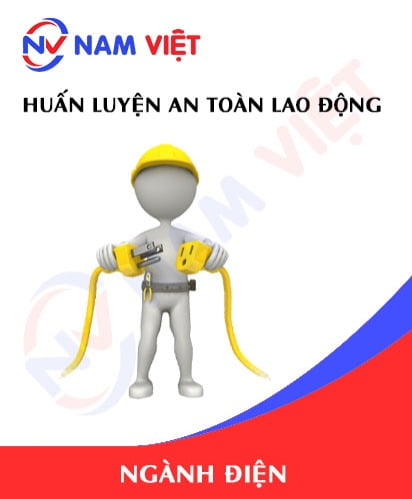
phanminhhang341
Hài lòng với cách tổ chức lớp học